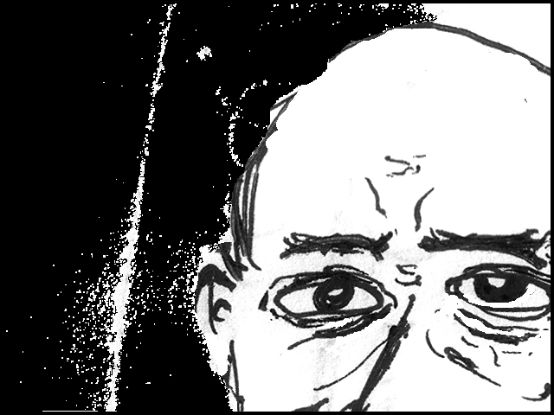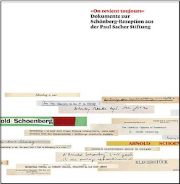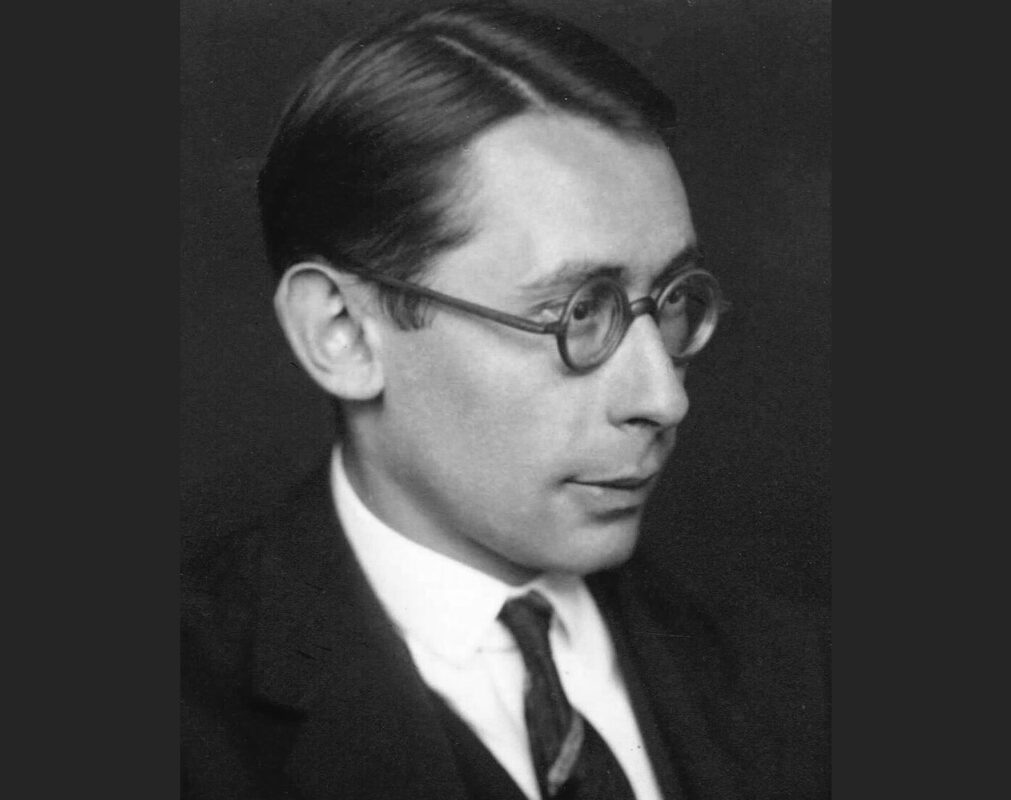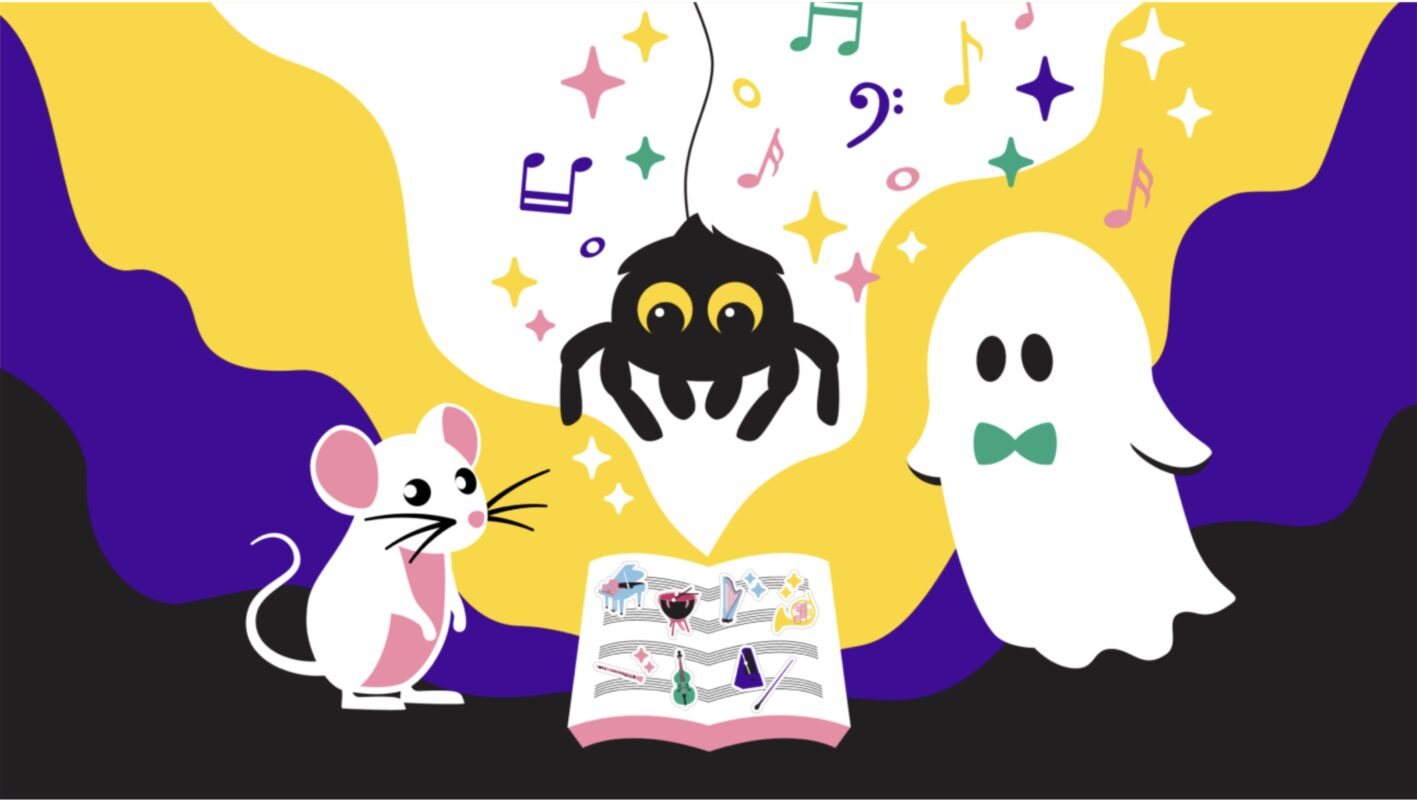Sacher's reception of Schönberg
A publication by the Paul Sacher Foundation presents documents and commentaries that show how composers engage with Schönberg's works.

The Paul Sacher Foundation in Basel came into possession of numerous documents on the history of Arnold Schönberg's reception through the acquisition of many estates of composers who were involved with his music. As a commemorative edition for the 70th birthday of musicologist Hermann Danuser, 59 selected documents with commentaries by eight authors are now available.
As a conductor and patron, Paul Sacher (1906-1999) primarily championed Bartók, Honegger, Martin, Stravinsky and neoclassicists such as Martinů and younger composers. While the patron Werner Reinhart and the conductor Hermann Scherchen had repeatedly championed Berg, Schönberg and Webern in Winterthur since the 1920s, it was not until 1933 that Schönberg's 2nd String Quartet op. 10 in a version for string orchestra, a work of the Second Viennese School, was included on a program of the Basel Chamber Orchestra founded and conducted by Sacher. In the last years of his life, Sacher secured the manuscripts of Schönberg's Five orchestral pieces op. 16 and Kol nidre op. It is an irony of fate that the conductor, who until then had shown himself to be closed to Jewish music, acquired a composition that was central to Schönberg's self-image as a Jew.
The music that began with Anton Webern's arrangement of the prelude to the Gurre songs for two pianos, eight hands (1909), cover a broad spectrum up to Heinz Holliger's transcription of the Six little piano pieces for chamber ensemble (2006). Arrangements of the same pieces by Wolfgang Rihm and Younghi Pagh-Paan will also be presented. Among the early compositional explorations of Schönberg's music, Stravinsky's Trois poésies de la lyrique japonaise (1912/13) and Milhaud's 3rd string quartet with voice (1916). The most interesting documents also include Bartók's contribution Arnold Schönberg's music in Hungary to the Viennese avant-garde magazine Music sheets of the Anbruch (1920), Schönberg's Piano Suite op. 25 with annotations by Stefan Wolpe and Klaus Huber's performance manuscript An attempt at greatness. Schönberg's self-image in his letters (1974).
The publication is attractively designed with black and red lettering and contains an alphabetical list of the illustrated documents, a list of manuscripts and annotated printed editions relating to Schönberg in the collections of the Paul Sacher Foundation and an index of names.
"On revient toujours". Dokumente zur Schönberg-Rezeption aus der Paul Sacher Stiftung, Festgabe für Hermann Danuser zum 70. Geburtstag, ed. Paul Sacher Stiftung, Basel, 192 p., € 35.00, Schott, Mainz 2016, ISBN 978-3-7957-1202-0









